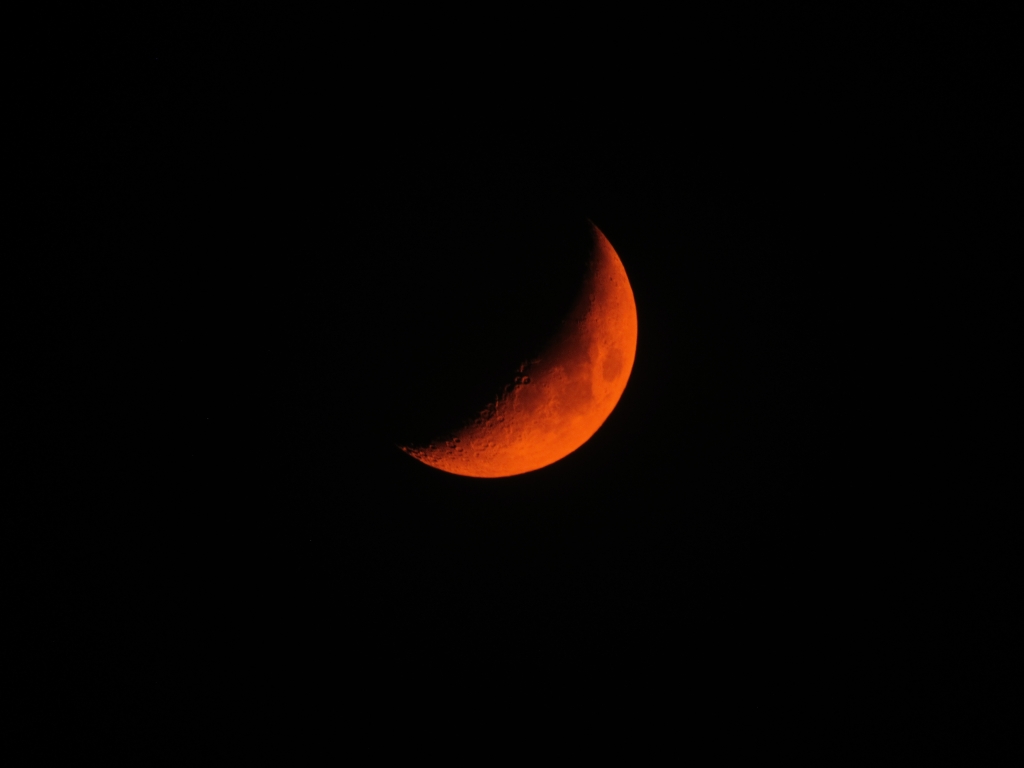
Blood orange moon due to Canyon Fire smoke. Taken with no filter and no post processing.
This week there was a lot of smoke blowing over at altitude from the Canyon Fire just south of the 91 freeway and east of the 241. This caused the moon to glow a color very similar to a blood orange. Jamie decided to capture this image at first using a mirrorless camera with a moderate zoom. The results were that the image didn’t do justice to what her eyes could see. She called me up and I suggested using the Canon SX530HS. This camera has drawbacks to be sure. For one thing it shoots only in jpeg and it has a very small sensor. However, the 50x optical zoom has a 35 millimeter equivalent focal length of 1500mm. On a full frame SLR this lens would be so big, you couldn’t easily pick it up but on this camera it’s all lighter than any SLR body.
So Jamie set up the camera on our gorilla pod, zoomed in all the way and used the timer function to eliminate movement from pressing the shutter. Then she set the white balance to daylight and took the shot you see above.
One thing Jamie and I buy every year is the OC Parks annual pass. It allows you to park in many different regional parks and wilderness parks throughout the Orange County. One of those parks is the Carbon Canyon Regional Park. Neither of us had ever been so we decided to check it out. The park functions as one of the entrances into Chino Hills State Park and while dogs are not allowed in that park, they are allowed in Carbon Canyon.
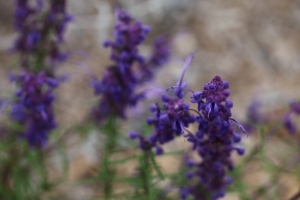
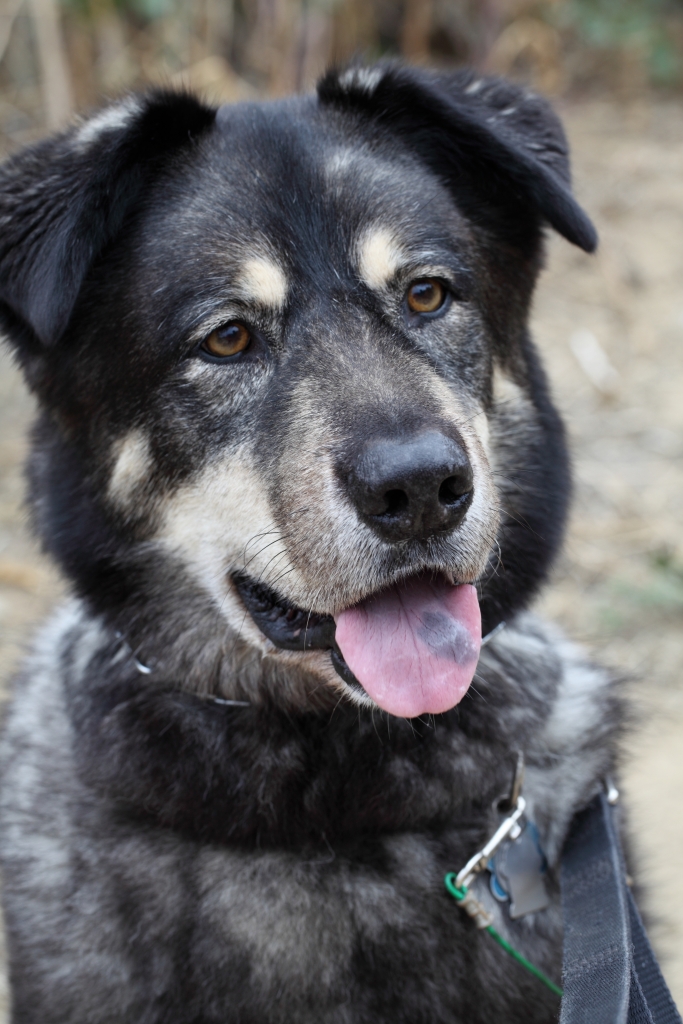
Jamie borrowed a Canon 5D Mark III and a couple of lenses to bring along with our Mark II and our 24-105mm F/4 IS USM L lens. The 24-105 is probably the best walk around lens you can own but it doesn’t let you specialize. Therefore Jamie borrowed a wide angle and a macro lens. These are two types of photography we both like but haven’t spent much time doing; probably because they each require their own special lens.
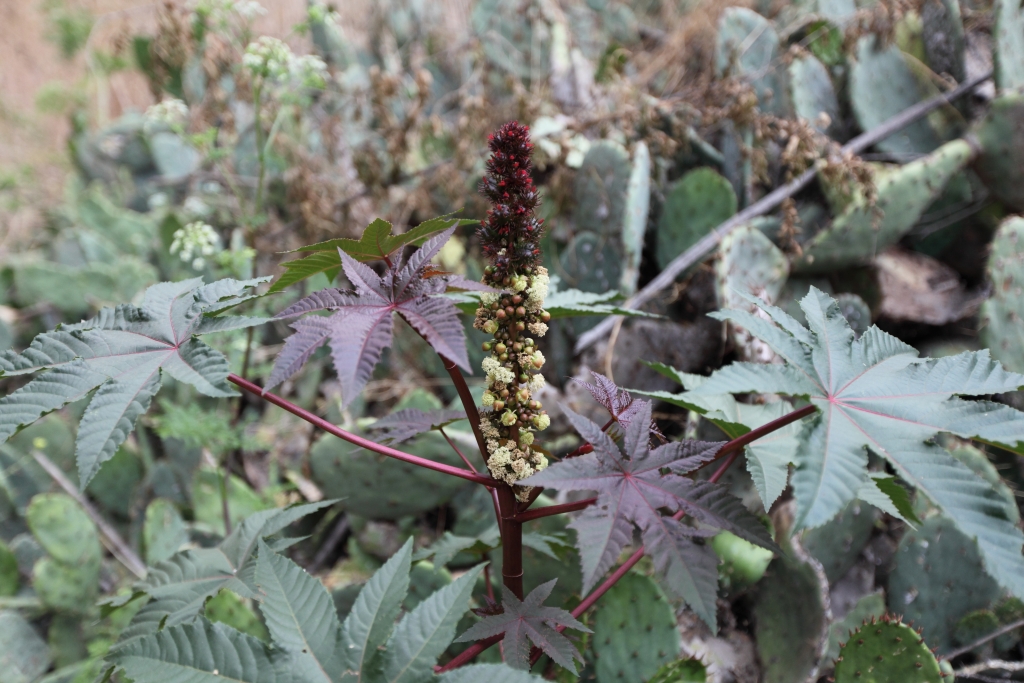
Carbon Canyon Regional has two sections. One is a large grass covered park with a small lake in the middle complete with fish. The other is a nature trail that ends into and loops around a grove of Redwood trees (Sequoia sempervirens) http://ocparks.com/parks/carbon/. The Redwood grove is small on aerial photos but once you stand in it, you suddenly feel small. These are not the biggest Redwood’s you have seen but they are big enough that the area has its own little sub-climate caused by the shade the grove casts.
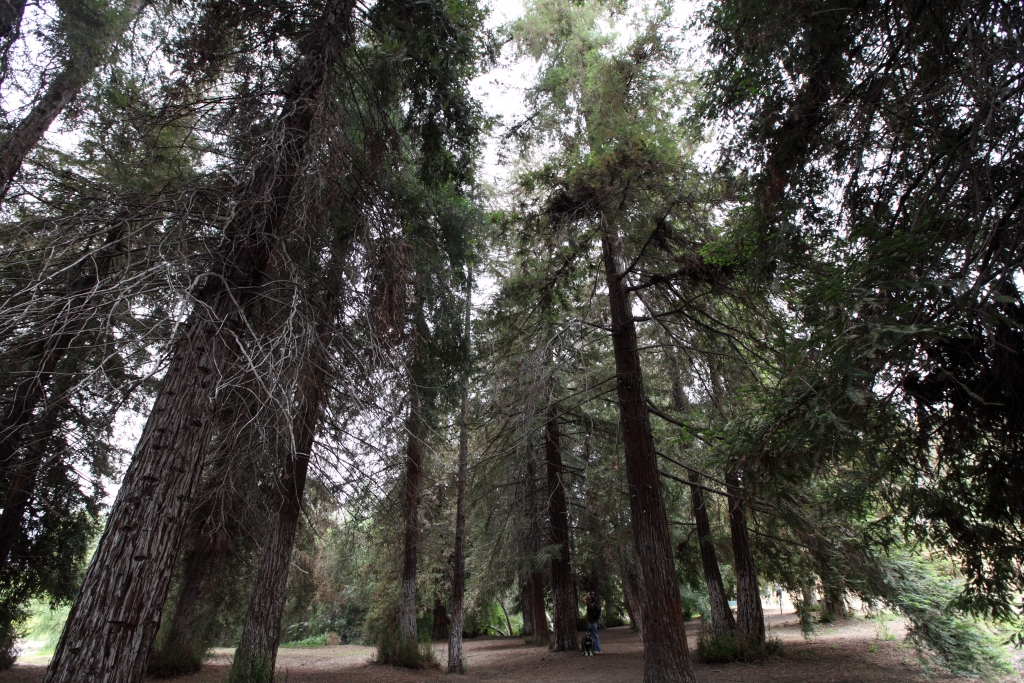
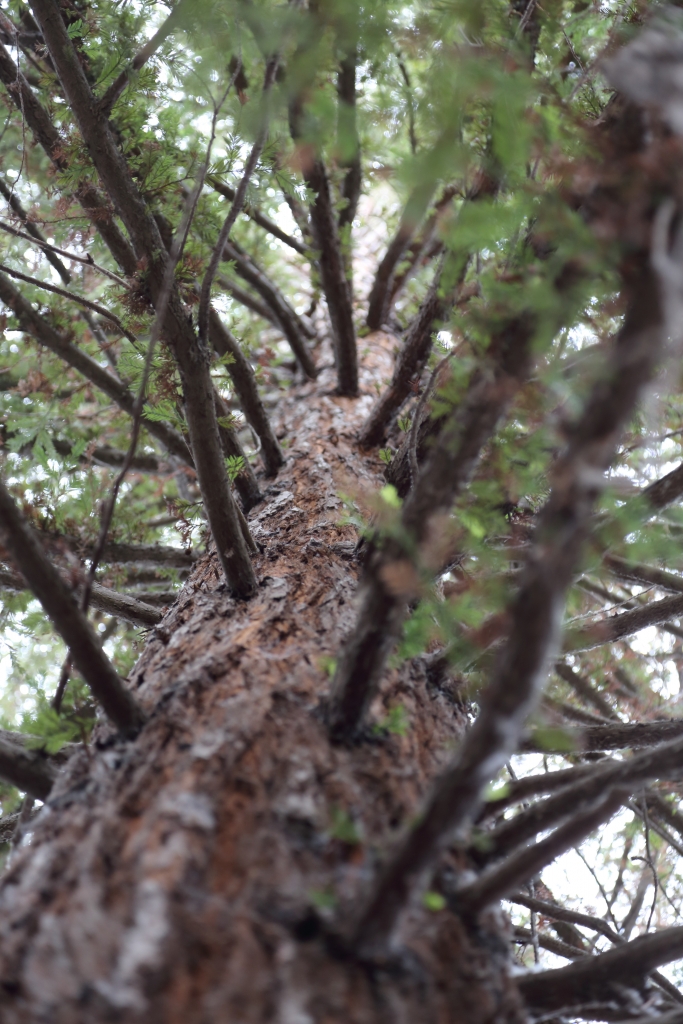
Jamie and I took turns using the macro and wide angle lenses in addition the 24-105. We captured a lot of photos in only a two mile hike. In the middle of the hike, we both aimed out cameras at Maxx simultaneously. This is because he is very camera shy so with two cameras, we could trick him into looking into at least one of them.
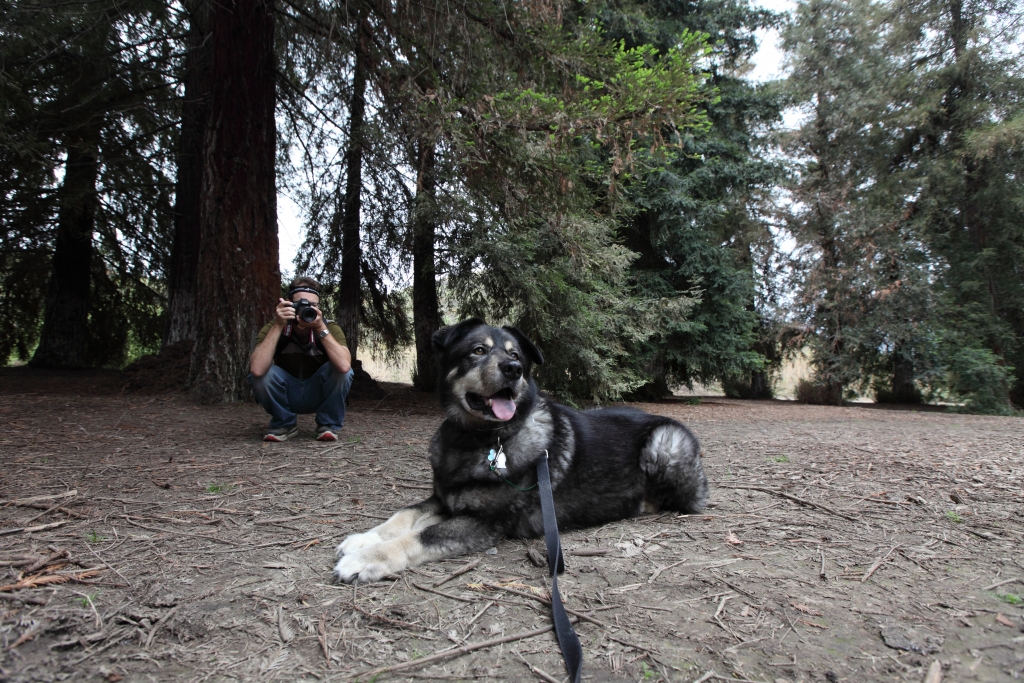
I think now that I have used the macro and the wide angle lenses, I’m going to have to pick up one of them for myself. The question is, which one?
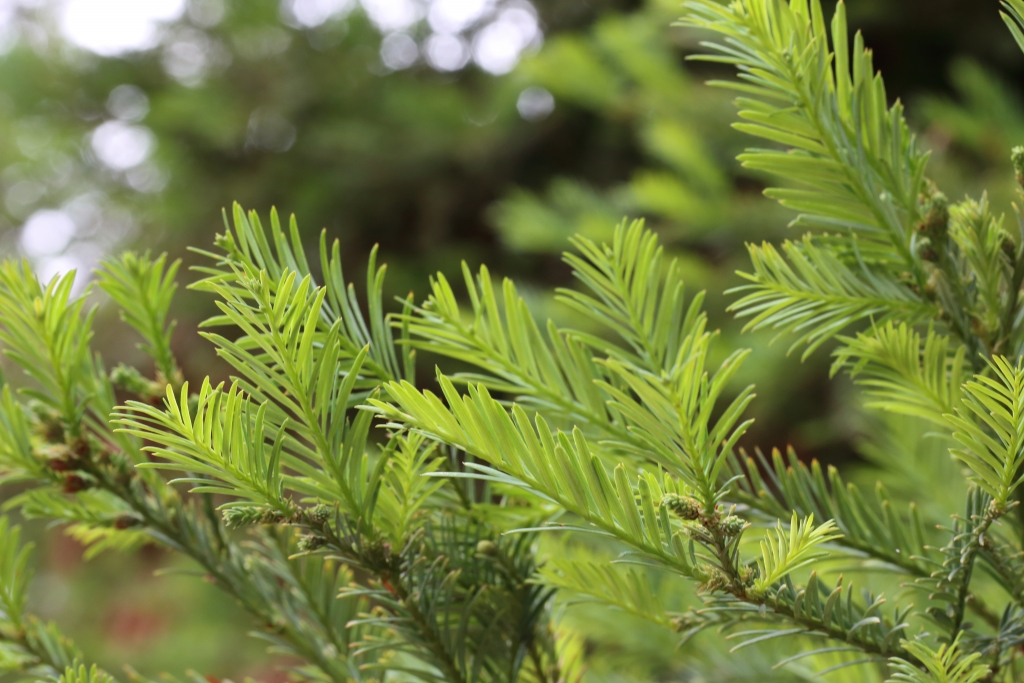
Full Disclosure: I got to borrow the Canon EOS M for free.
Jamie, Maxx, and I did a photo walk along the bluffs of Crystal Cove State Beach. This allowed us to get some exercise for ourselves and the dog, get some food at Ruby’s Shake Shack, and finally get out and start photographing things again. We took the Canon EOS M with us and mounted the 18-55 mm IS STM lens as well as our 270EXII Speedlite flash. The EOS M is a mirrorless camera meaning it doesn’t reflect light into a viewfinder like an SLR. This means it can be significantly smaller and lighter.
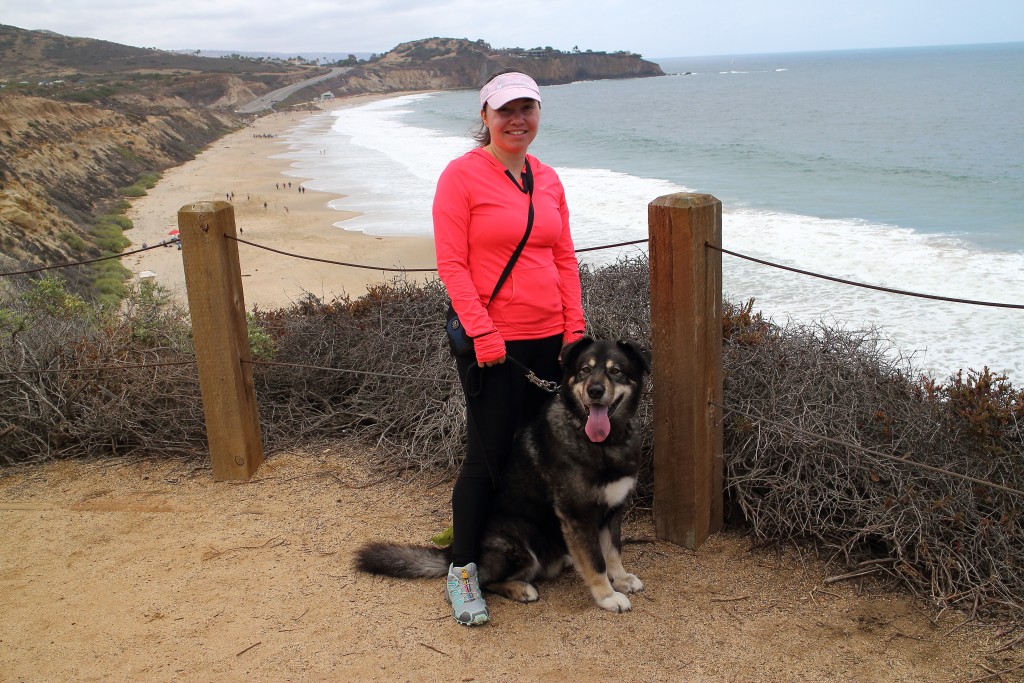
If you are thinking about going to visit Crystal Cove, stop thinking about it and just do it. This park offers some of the most scenic coastline in California as well as a great beach, places to swim and body surf, and three different diving locations for those trained in SCUBA. Unfortunately dogs are not allowed on the beach or the one boardwalk trail on the bluffs. They are allowed on all of the rest of the trails on the beach side of PCH.
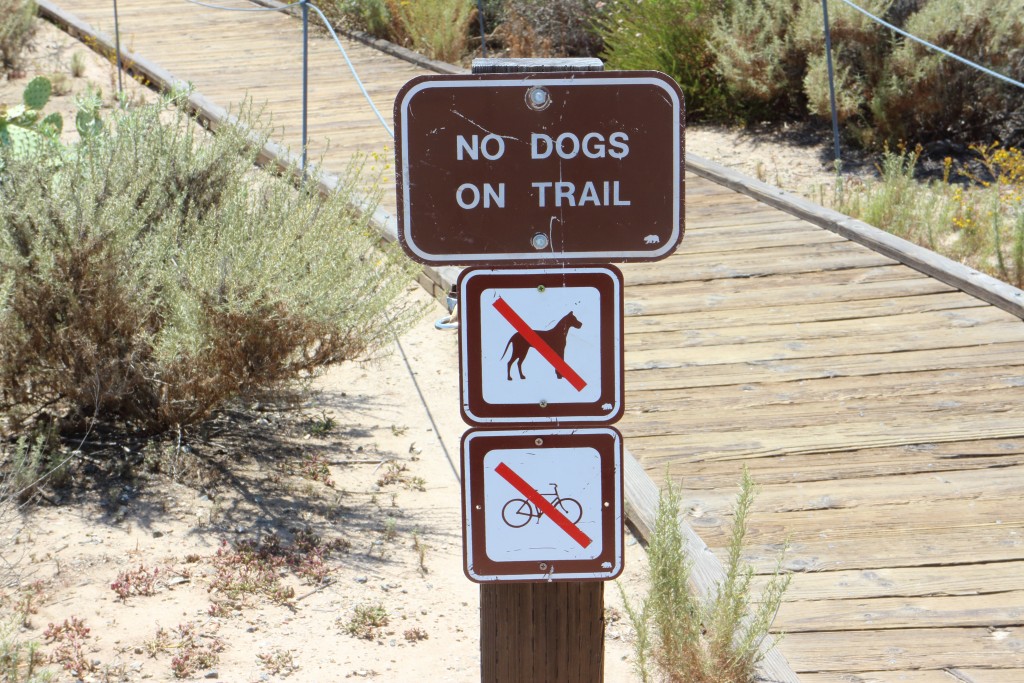
The EOS M is a camera that was discontinued over two years ago. Still it proved to be a good camera to use for this type of photo walk because it is small, light, and full featured. Essentially, if you have ever shot with any other EOS camera, the controls on this one will be familiar. It shoots in Canon RAW format using an 18 megapixel sensor and has a proprietary EF-M mount system that will work with EF lenses with an optional adapter. The replacement models for the EOS M are not available in the US market at this time.
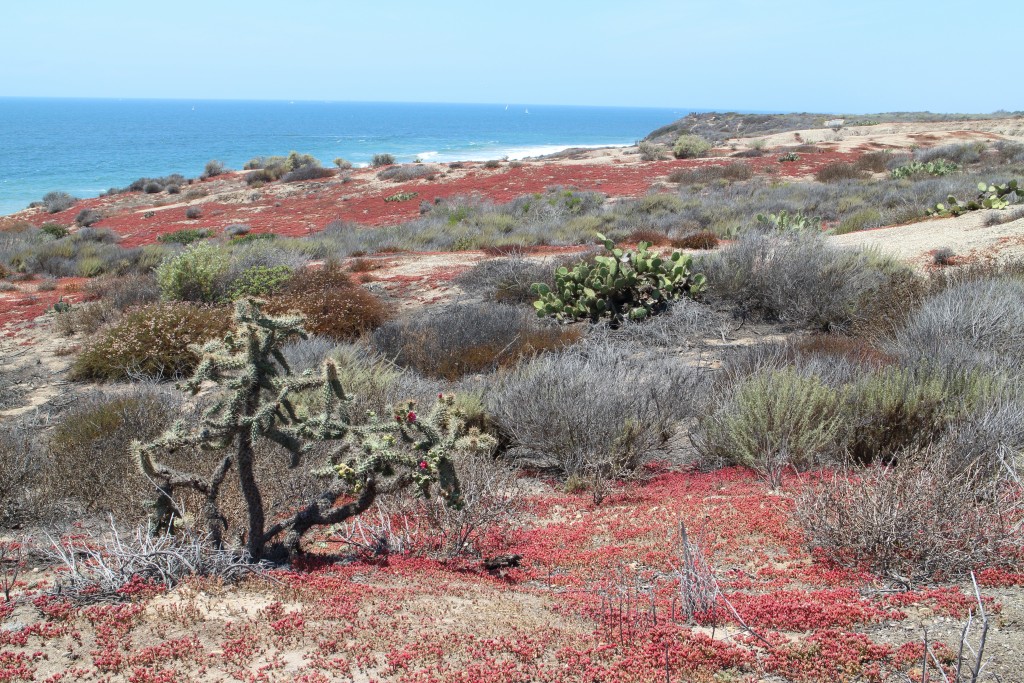
Since I was shooting outdoors in full sun, I didn’t need the flash often. Still sometimes a shadow would be cast in such a way as to really detract from the image. That is where the fully functional hotshoe support for external flashes came in handy. I did have to remember one of the main principles of flash photography however. Namely that you use the aperture to control the flash exposure and the shutter speed to control the ambient exposure. Once I remembered that one important fact, achieving a nice balance of fill flash and ambient light was easy.
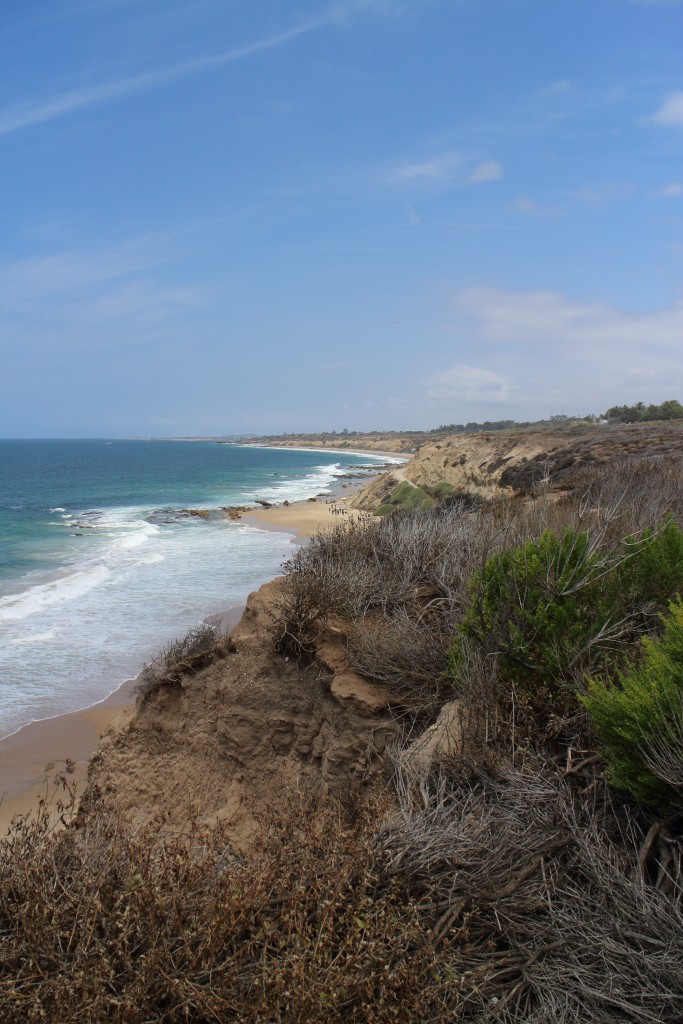
Once I was comfortable with the camera and working it’s touch screen controls, I focused on composition. I tried to work in the “rule of thirds”, color, leading lines, and abstraction in the various photos I took.
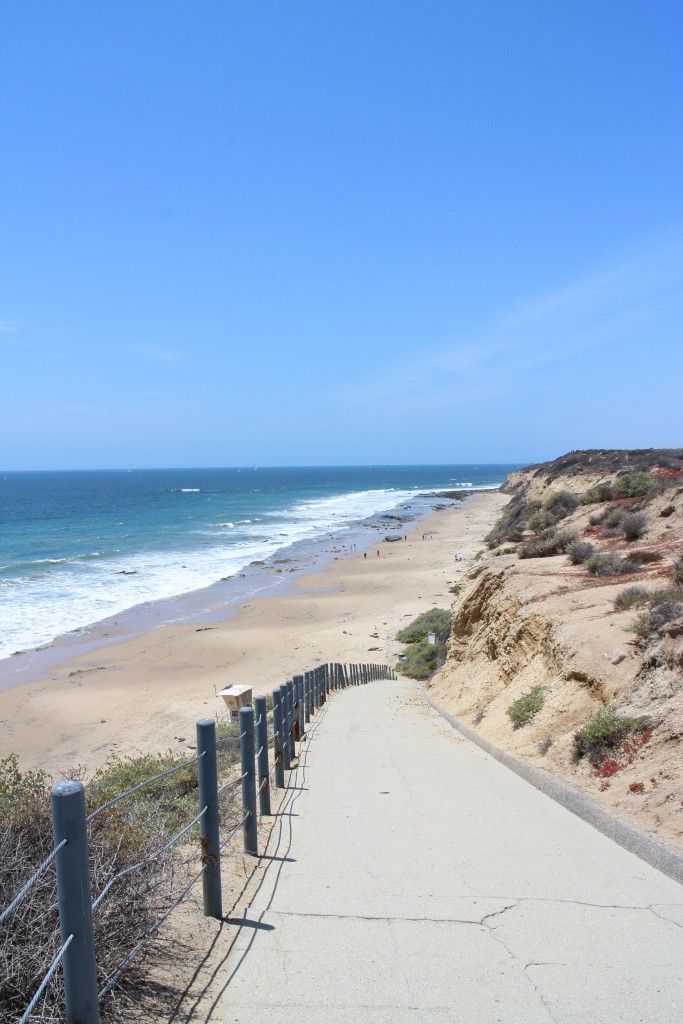
In post-production, I didn’t need to take anything into Photoshop. Instead all the adjustments I needed were available in Canon Digital Photo Professional which made the workflow a lot simpler. Really, not much tweaking was needed. Just a highlight here, and an angle adjustment there and I was ready to export.
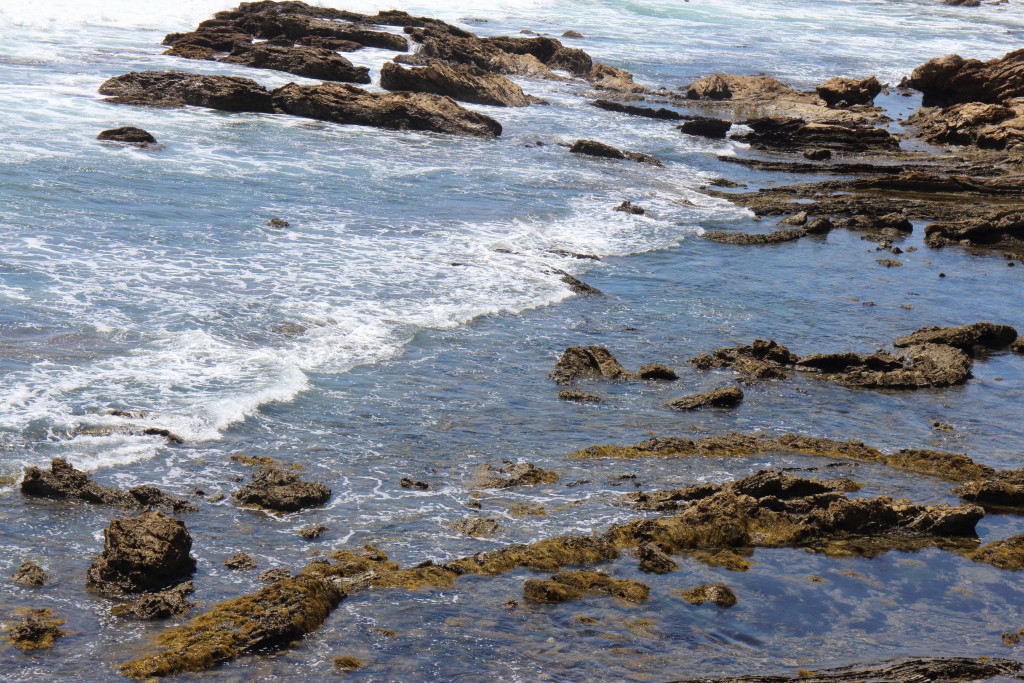
Overall it was a fun trip and I know Maxx and Jamie had a good time. For me, the nicest thing about having a mirrorless camera around my neck was that my neck didn’t hurt after 6+ miles of walking. That right there is worth it.
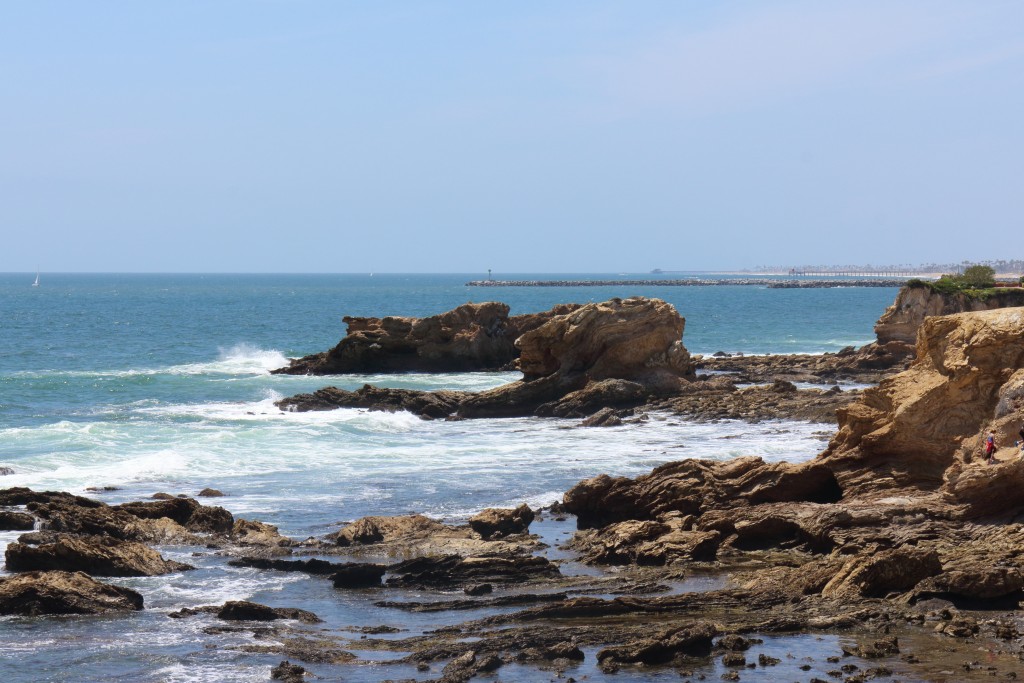
To see more test shots from the Nikon P500 check out the GALLERY.
Occasionally a company known for quality of build as well as design will unveil a product that is so ill conceived and even more poorly implemented that it casts a shadow on the entire reputation of the company. For Nikon, that product is the Coolpix P500. What follows is born from my time owning this contraption and experiencing first hand just how wrong a product can get.
1)The Nikon Coolpix P500 tries to do everything but does not do anything well. This camera is packed with more features then I care to list. The manual is electronic only, most likely because if they printed it, it wouldn’t fit in the box. The features all sound nice but in reality are almost universally so poorly implemented to be useless.
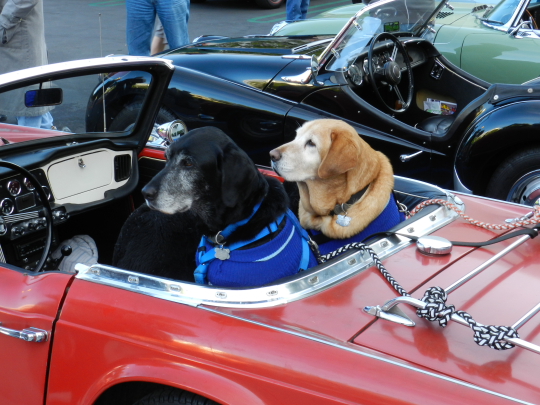
Photo is unedited. F6.3 at 1/30 of a second. ISO 200
2) The camera is based around a sensor usually found on much cheaper cameras. This is major because without a solid sensor, everything else falls apart. At an MSRP of $399, the fact that this camera has a 12 megapixel sensor is puzzling. However megapixels are not what this sensors lacks the most. My old Canon SD550 has only 7.1 megapixels and takes better photos. The problem is the sensor only really works at ISO 100. Anything above that introduces strong noise reduction and above 400 the noise reduction is so strong that people will look at your photo and ask why you did not try to focus it.
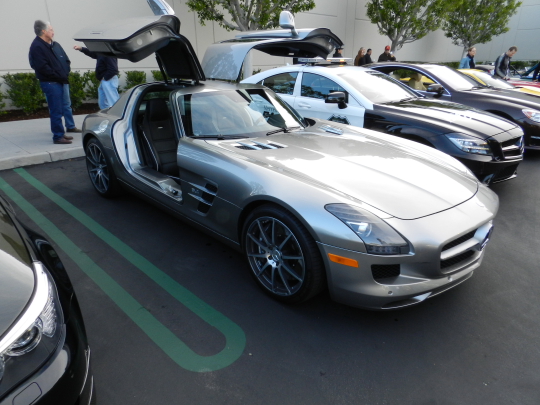
Photo is unedited. F5 at 1/80 of a second. ISO 200
3) Manual focus feature is welcome but so poorly implemented that it is useless. Remember, this camera is a superzoom with an electronic viewfinder and an LCD screen as your only two options for focusing with. The EV is so small and low resolution that it might as well not exist. When using the LCD, manual focus brings up a zoom of the center of the frame so you can more easily focus. The problem is even with this zoom, pulling focus is an exercise in frustration. I was glad the feature was there but wish it was implemented in a useful way.
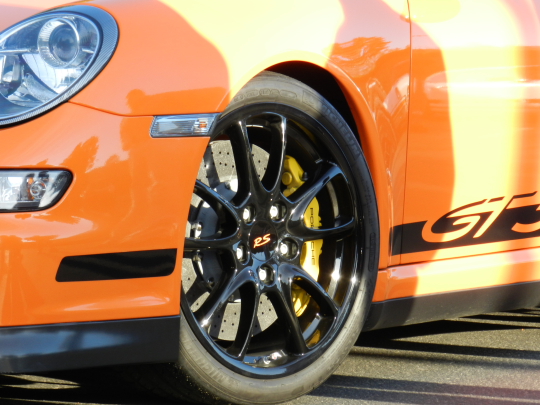
Photo is unedited. F6.3 at 1/100 of a second. ISO 200
4) Aperture Priority mode ignores your aperture settings if you zoom out. This is major once again and became a deal breaker. I am sure Nikon can fix this with a firmware update but I have a feeling they have no intention to based on the response from their customer service saying there is nothing wrong. Basically it works like this. The lens is not a fixed aperture lens. This means that when zoomed in, it cannot retain the most wide open F-stop. That’s fine. However if you zoom in and set the f-stop to 8.0 and then zoom back out, the camera opens up the aperture to f-stop 3.5. It does not need to do this and it is counter-intuitive when shooting in aperture priority.
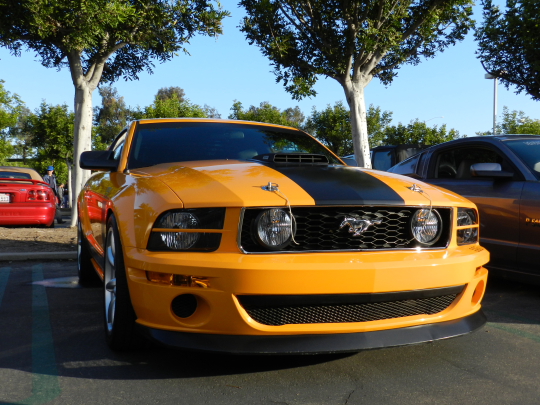
Photo is unedited. F4 at 1/640 of a second. ISO 200
5) The superzoom lens has too much distortion and distorts in a non-common way. I’m used to barrel and pincushion distortion on superzoom lenses. The distortion from this lens defies classification. Its not that it just has barrel distortion at full wide; it also has stretching and pulling and other oddly shaped distortion that I’ve never seen before. In addition, the lens is just not very sharp. An unsharp lens combined with a poor sensor is a recipe for disaster.
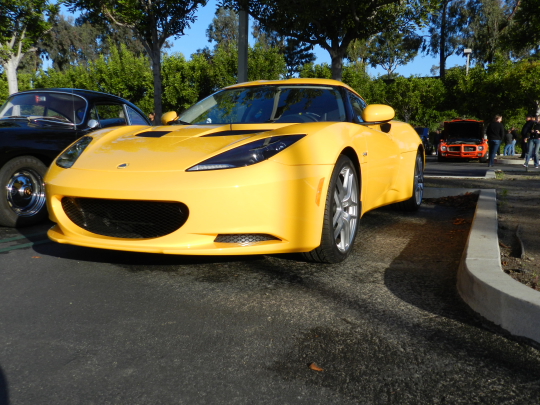
Photo is unedited. F3.7 at 1/1500 of a second. ISO 200
6) The auto-focus is slow and dumb. If you set the auto-focus to center point, it is slightly faster. However your only two options are the whole frame or center point. Neither works all that well but the whole frame auto-focus is a disaster. It will routinely choose 5-6 points to focus on; none of which are what is actually the subject of the photo.
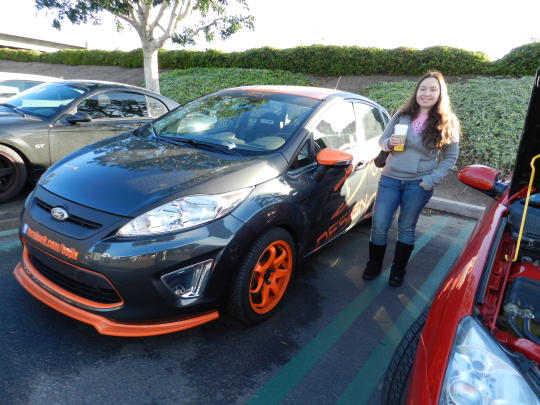
Photo is unedited. F3.4 at 1/200 of a second. ISO 200
7) Battery life is poor and the camera does not come with a charger in the box. Enough said.
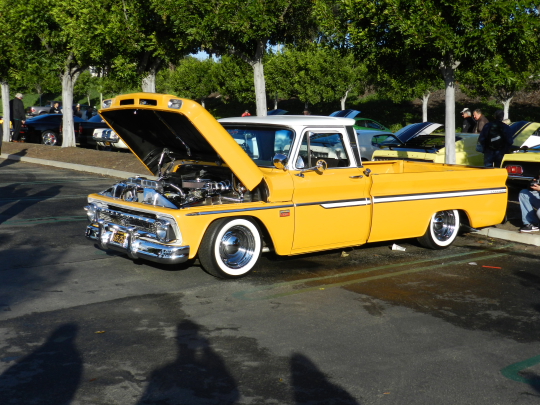
Photo is unedited. F4.2 at 1/1250 of a second. ISO 200
8 ) When you turn on the camera with the lens cap on, it tries to move the lens into the ready position even though it is obstructed. This is a very annoying design feature. The lens should not even need to protrude to work at full wide. Nikon could have extended the shroud or designed the cap differently. Instead they left this design flaw fully intact. It is the little things like this that make me wonder if Nikon even cares if this camera is good or not.

Photo is unedited. F5 at 1/100 of a second. ISO 200
9) Auto White Balance varies wildly between shots of the same scene. This combined with the fact that this camera only takes jpeg files makes for a very annoying time doing post production.
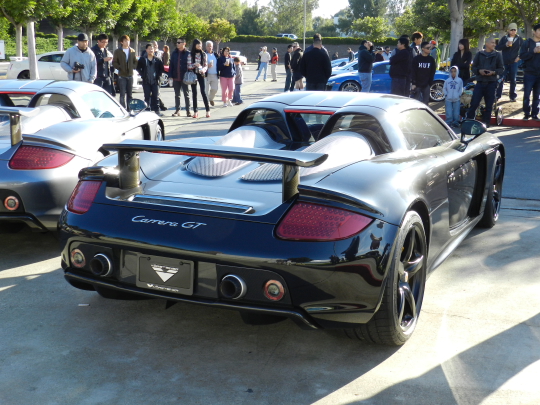
Photo is unedited. F4.2 at 1/320 of a second. ISO 200
10) The images this camera takes just look weird. I cannot place my finger on it but even in a bright sunny day photograph, the images just look flat and lacking. By flat, I don’t mean low contrast. I instead mean that they lack dimensionality. I have a feeling that this camera has a lower dynamic range than most and so captures images accordingly and then compensates with in camera processing to make the image look “normal”. This is just a theory but it is the only thing I can think of to explain the weirdness of the images.
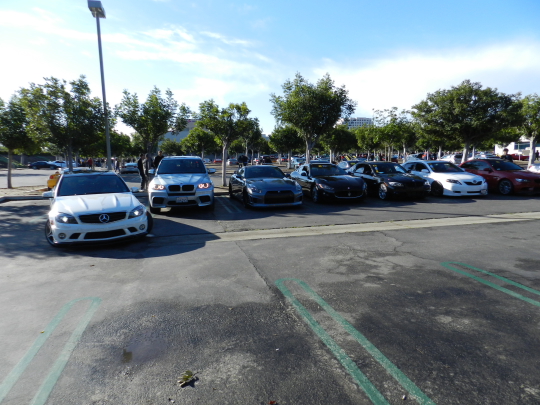
Photo is unedited. F3.4 at 1/1250 of a second. ISO 200
In conclusion, stay away from the Nikon Coolpix P500 like a medieval peasant would avoid the plague. I know for a fact that Nikon is more than capable of making fine cameras that produce wonderful photos. This is not one of those cameras. I would go so far as to say that this camera is single-handedly destroying Nikon’s reputation around the world and they would be best served by taking it off the market.
Jamie and I dumped this contraption and picked up the Canon T2i instead. This is mostly because we already have a collection of fine Canon lenses. We both love the camera and coincidentally the camera fits in the same case we picked up for the P500. If you can afford the price difference, get that camera instead because you will not regret it.
To see more test shots from the P500 see our gallery
HERE and to see Bryan’s top ten reasons to avoid this camera click
HERE.
I am actually going to write this review over the course of a few weeks starting from the first day I received the Nikon Coolpix P500. We will actually be writing two reviews, one from Bryan which will probably be way more technical than what I will write about. So let’s start from the beginning, why did we get a another camera. Considering we already have a 5D Mark II this camera seems like a step down. Don’t get me wrong I love my Mark II, LOVE IT, but at the same time it is not something that’s easy to carry around everywhere. I usually bring it to big events and photo trips because I know that I will get amazing images every time. I don’t like bringing it to parties or hikes or random things like that because I feel it weighs me down. I needed to get a camera that was going to be more versatile. We were prepared to shell out $650 for the Rebel T2i which is also a superior camera to the P500 but also not as versatile because I would still have to carry around lenses. Now let’s get one thing straight, comparing a DSLR to a super-zoom is like comparing apples to oranges. The P500 is very good at what it was manufactured for but I knew that when I bought it I wasn’t going to get DSLR image quality. For one thing it has a very small sensor and so the low light capability is not going to be great, but that’s not what I bought it for. I was more excited about finally having on camera flash, something my Mark II does not have. Yes I could use an external flash but if you know me you know I hate carrying around extra equipment. You will almost never see carrying an external flash, a battery pack or a tripod. I try to keep things simple.
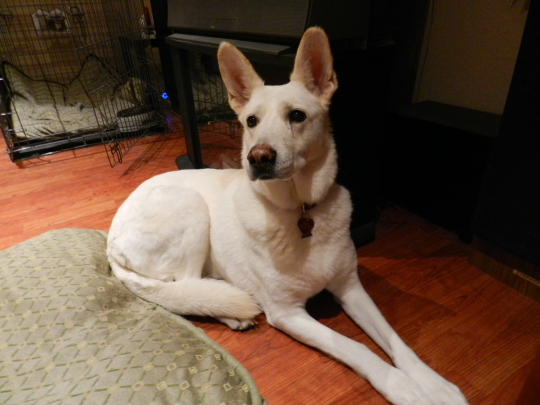
Taken in Pet Portrait Mode F3.4 at 1/15, ISO 800

Aperture Priority F4.5 at 1/30, ISO 400
The main reason we purchased this camera was to have a second shooter. We shoot at least five events a year for the San Diego Running Institute and we usually end up renting another camera body each time. Along with these events we also go to many other things where we like having two cameras so this renting business was getting rather expensive. So why not just go with the T2i? Well as I was doing research on cameras I remembered that a couple of years ago we were looking into Panasonic’s super-zoom which everyone was raving about. I thought why not check out super-zooms, and I did, relentlessly. I looked at three different Panasonic’s, the Canon SX30, the Pentax, Sony etc, I read hundreds of reviews. What made my decision even more difficult is that I couldn’t decide what features were important to me. Did I want RAW capability? Did the camera shoot in 3:2 format? Did it have HD video capability? Could it do Macro? In the end I ended up going on Nikon’s website and saw that the P500 was about to be released. I have no experience with Nikon products so I really didn’t know what to expect. At this point my brain was so overwhelmed with information I think I was most impressed by the fact that I could get the camera in red. Luckily, the color turned out not to be the best feature on this camera.
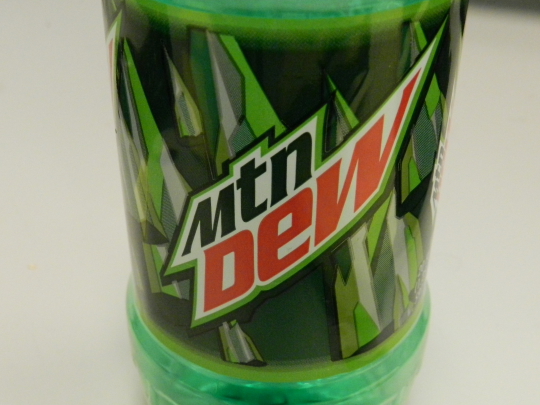
Macro Mode, Manual Focus, F4.4 at 1/60, ISO 1600

Macro Mode, Manual Focus, F5.6 at 1/40, ISO 1600
My first impression was that this little camera was gorgeous, I got the red one (of course). I had to wait for it though, a long time. It took them a month to finally send it to me and I drove myself crazy reading reviews and finding out more information on the thing before I finally got it. It is also very light which is in stark contrast to the Mark II. Even when I put a 50mm on it I still feel like I’m carrying a small brick. My husband doesn’t seem to share this problem but I have weak little arms. I also found it easy to navigate the menus which is good considering I hate reading manuals (it’s manual is 252 pages!). I pretty much figured out where all the settings were in the first few minutes which says a lot since I am not familiar at all with the Nikon menu. I did look in the manual to figure out what some of the symbols meant, there are so many features in this camera to help the user in every possible shooting situation it’s overwhelming. I just wanted it be able to shoot in manual or aperture priority, I could care less about the other “scene” modes. That’s not to say that it doesn’t have interesting things to offer, for instance, one of the first things I played with was the “Pet Portrait” mode. I just aimed the camera at my dog and it instantly recognized her face and took three photos. Nice touch.

Macro Mode, F4.7 at 1/200, ISO 320
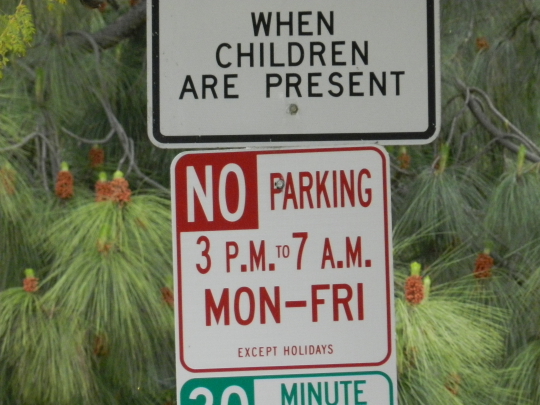
Full zoom, F7.1 at 1/400, ISO 1600
One thing I found slightly annoying is the lack of shortcuts to change the ISO, metering and focus point settings. I am so used to this on my Mark II that I find it somewhat disappointing that the option isn’t available to me. But this seems to be a feature mostly prevalent on DSLR’s and that is not what I purchased so I’m not going to complain. It’s not like they didn’t try to make it easier, for instance you can set an ISO range when you shoot so the camera never changes the ISO above or below a certain sensitivity while shooting. I also dislike that you have to take the lens cap off before you turn it on or you will possibly damage the lens component. For someone who is as forgetful as I am this is no bueno, I have a feeling I will forget this step many times. The electronic viewfinder is another thing that I just can’t get used to. Most of the reviews I read have showed that people love the EV but I just can’t make myself like it. For me, unless the viewfinder is as large as that of the Mark II it’s useless to me. That’s just my own quirkiness though and really not a flaw with the camera. Plus every time I look through it I feel like I’m looking through the eye’s of a robot. Yes, that’s how I would really describe it. I absolutely love the large screen so it’s really not a problem that I have to frame all my photos by using the LCD, it’s not the true photographers way but this isn’t an SLR it’s an elaborate point and shoot. There was something that I did find problematic that I discovered and that is it has it’s own type of USB connection which is still a mystery to me. It wasn’t compatible with the two types of USB’s I already had connected to my computer, mini and micro, so I had to plug yet another cord in. This was all fine and dandy until the Friday I forgot the cord at work and realized I didn’t have a card reader that supported SDHC cards. Even Nikon’s website is not helpful when trying to figure out this mystery connection. One person even asked a Nikon staff member what the smaller end of the cable was to which he answered “micro usb”. There are 3 types of micro USB, none of which appear to be the same as this particular connection. I almost thought Nikon came up with there own USB input but I later found out it was Mini B (8 pin). Of course that whole inconvenient episode was my fault for not “planning better” as Charlie Sheen would say. I ended up buying an extra USB connector.

Easy Panorama
I have been shooting in mostly aperture priority which is what I shoot with the Mark II. I am starting to find what settings I prefer. For instance, I set the auto focus to center instead of auto. I find that the camera focuses much faster in this mode. I also tend to not raise the camera’s ISO above 400. I do shoot at ISO 1600 when I have to take photos at my work without the flash and the noise is not that bad, barely noticeable actually, I just prefer to keep it at 400 or below. When taking photos with the flash I like to underexpose the flash at least half a stop, this helps to avoid blown out highlights. I have also been playing with the manual focus feature on this camera. Yes it has manual focus and it doesn’t suck! You can set the side zoom to be a manual focus control which is pretty cool. The manual focus doesn’t work at full zoom but it works really well for macro shots. Like I said before there are a bajillion different settings and modes on this camera. I find that there are so many things you can set on this camera that I forget which settings to check. The other day I took a group photo and forgot to turn off the auto high ISO feature which totally ruined the photo. I also unfortunately did find a huge flaw in this camera which may only matter to me. I have found that when shooting aperture priority or full manual if you zoom in and out the camera does not keep your aperture setting. For example, I set the aperture to F8 at the widest zoom, I then zoomed in to photograph an object. When I zoomed back out to wide the aperture automatically changed to F4 or F3.4 and didn’t stay at F8 which is what I set it to. If it is going to do this on it’s own then what is the point of Nikon putting an aperture priority feature? They might as well have just made this a full auto camera if they didn’t want the user to think at all. As a result I will constantly have to check my aperture to make sure it didn’t automatically change to something else. Nikon’s response to this and I quote “This happen because the aperture change accordingly with the zoom this happen on any mode not only aperture priority.” Don’t even get me started about the grammatical errors in this sentence on top of the fact that this makes absolutely no sense. Nevertheless, this is a problem because one of the reasons I bought this camera is because it had a manual mode.
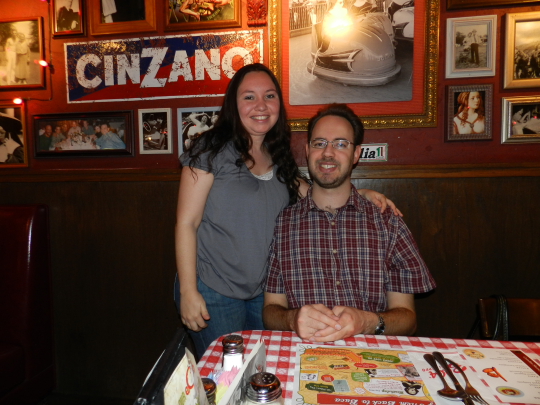
Flash underexposed by 0.7, F3.4 at 1/30, ISO 200
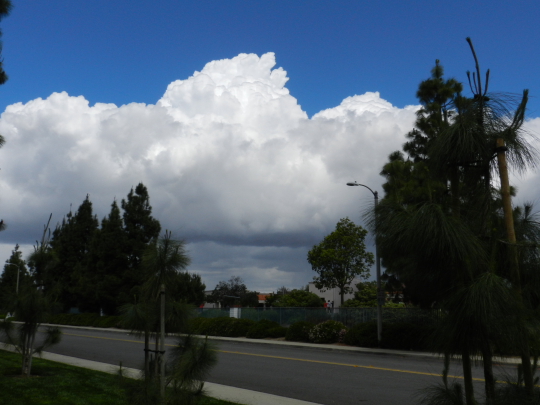
F7.1 at 1/1250, ISO 200
Now it’s time to sum up the review with the pros and cons (at least the ones that matter to me). I’ll start with the cons:
- Only satisfactory image quality
- Poor auto focus
- Inconsistency in white balance
- Noticeable lag time between shots
- Aperture changes automatically even when the mode is set to Manual or Aperture Priority (this is the one that really bothers me and so does Nikon’s answer)
- No shortcuts for settings like ISO or metering
- No sensor to tell you when the lens cap is still on when powering up
- No RAW file format
- No info in the display or EXIF data showing what mode you are shooting in
- Does not have the ability to choose an auto focus point besides the center
And here are the pros:
- Macro mode is fantastic
- Manual focus works well especially with Macro
- Large LCD screen
- Easy Panorama mode really is easy and the results are totally awesome
- Pet Portrait mode
- Menus are easy to navigate
- Surprisingly good performance at ISO 1600
- Very light and easy to carry around
- It’s RED!!!
You may have noticed I said nothing about the video quality, while I have taken videos on it I am just not a video taking person (I can’t scrapbook videos). From what I saw the video looked acceptable but it’s not a feature I really care too much about.

Dawn/Dusk Mode, F4.7 at 1/800, ISO 160 on a tripod
In conclusion I have been pretty disappointed with this camera. We ended up returning the camera and will be purchasing our first choice the T2i. I really wanted to make this camera work for me but it simply was not up to the task. I don’t think I will ever buy a “new” camera again until it’s been vetted by reviewers for at least six months. I tried to cut the camera some slack with the image quality, I knew it was not an SLR but I found myself making excuses for how bad the images were turning out when everything was pointing to the camera. Many images looked soft around the edges, had no consistency in the white balance reading, and were just….blah. There is a lot of distortion at full wide angle as well. Many of these issues could be fixed in Photoshop but I am not the type of person who wants to spend hours post processing and I wouldn’t even have a RAW file to work with! It makes me sad that I had to return it since I hate doing returns, especially when it’s electronics purchased online, but I knew I would never be happy with it. I was so impressed by the Macro mode on this camera I thought that for sure everything else would be great. I’m not saying that nobody should buy this camera, in fact I recommend it to amateurs looking for a point and shoot that can do all the work for them and then some. But for pros and semi pros it is just not up to the job, the camera basically forces you to shoot in auto and for someone like me that is not acceptable. I hope Nikon can improve upon this camera because super-zooms are a great idea but it seems the execution has fallen short.
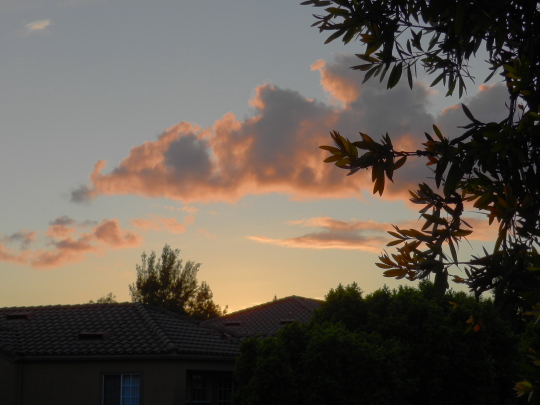
In camera HDR
For our final project in our digital photo class Niel brought in a jar of fortune cookies. He asked each person to pick two cookies and told us to create a series of photos based on the fortunes inside. We could either combine the two fortunes or use one of the fortunes as our theme. Bryan and I both chose to do only one of our fortunes with his fortune being “Keep up the good health habits you already have.” He interpreted his project very literally and shot photos of activities he normally does such as walking the dogs, riding his bike and going to the gym. He added a twist to his interpretation by shooting all the photos from his perspective. Everyone in the class thought his idea was very successful and I totally agree.

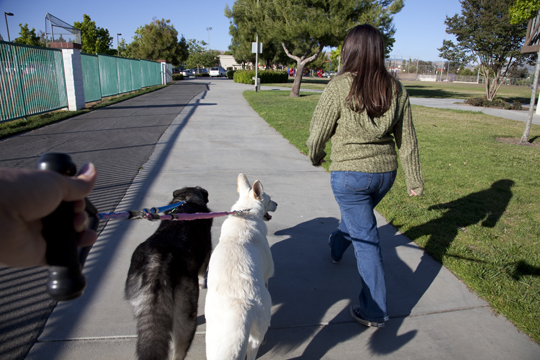
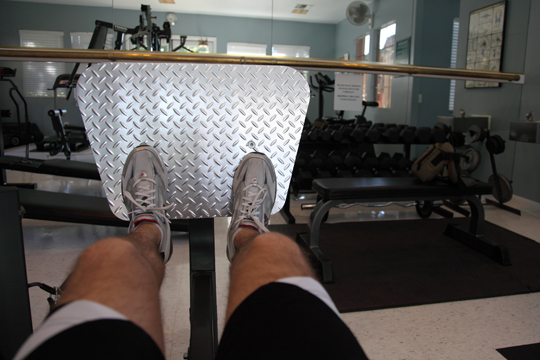
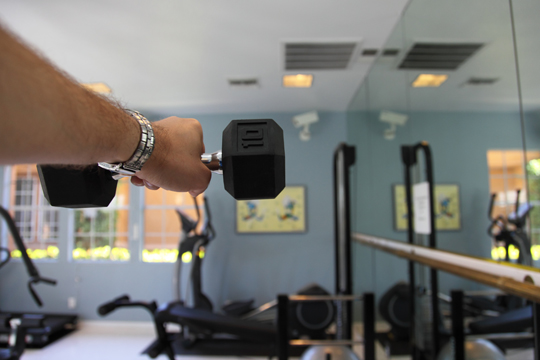
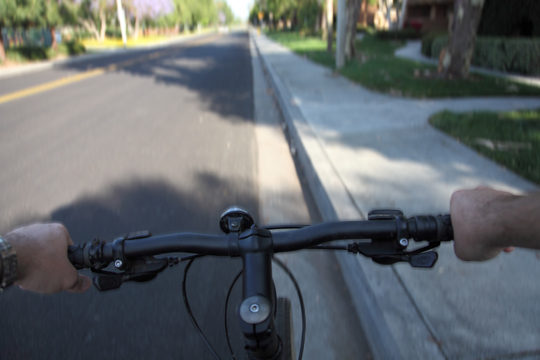
The fortune that I chose to do was “Pick up some litter and help keep our world beautiful.” My idea for this project was to show beautiful landscapes with huge amounts of trash in the foreground. Generally beautiful places do not have large piles of garbage strewn about and that’s where Photoshop magic comes in. Because I had a plethora of nice landscape photos that I have taken I decided to focus all my energy on getting pictures of large piles of trash. I naively thought this would be easy, I tried going to local landfills but apparently these places do not allow you to photograph their trash so I had to look for other means. Unfortunately, the area that I live in is very clean so I couldn’t even find trash lying about in the streets or near the dumpsters. I realized I had to do something I dreaded, I had to use stock photography. I found a
website that allowed me to use free images of garbage, I composited those images onto my own landscape shots and Viola! I had the “shots” I wanted. My only regret is that I relied too heavily on Photoshop for this project despite the fact that I am not a Photoshop whiz. One criticism of my final project was that although the landscapes were beautifully lit the stock images lacked the same quality and you can very much tell that my final images were composited.

Stock trash photo by Chiara Marra

Stock tire photo by Simon Film

Stock trash photo by Editor B

Stock trash photo by D'Arcy Norman

Stock trash photo by Xerones
I would definitely say we learned a lot in this class, not just about Photoshop but about creative thinking. I learned how important looking at a subject from a different perspective is to creating your own style of photographs. Anyone can take good photos, but it’s the way you interpret a subject that can be the difference between a good image and a great image. I personally have been anti-Photoshop for a long time because I see a lot of people over doing it and relying heavily on it which I was guilty of in my own final project. Ironic huh? I learned that a little post processing can go a long way to enhancing a photo and that good Photoshop is all about subtlety. We ended up ordering Photoshop CS5 for ourselves and have since learned all of the interesting and useful tools it had to offer. Photoshop is definitely a powerful tool and Niel reminded us all of the famous saying “With great power comes great responsibility”.
Next Page »

















































